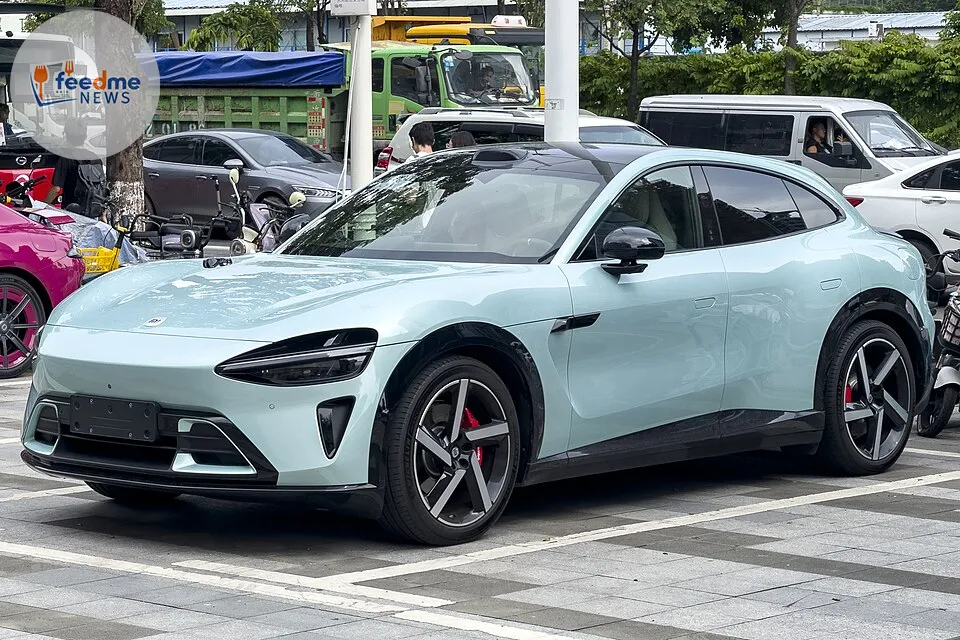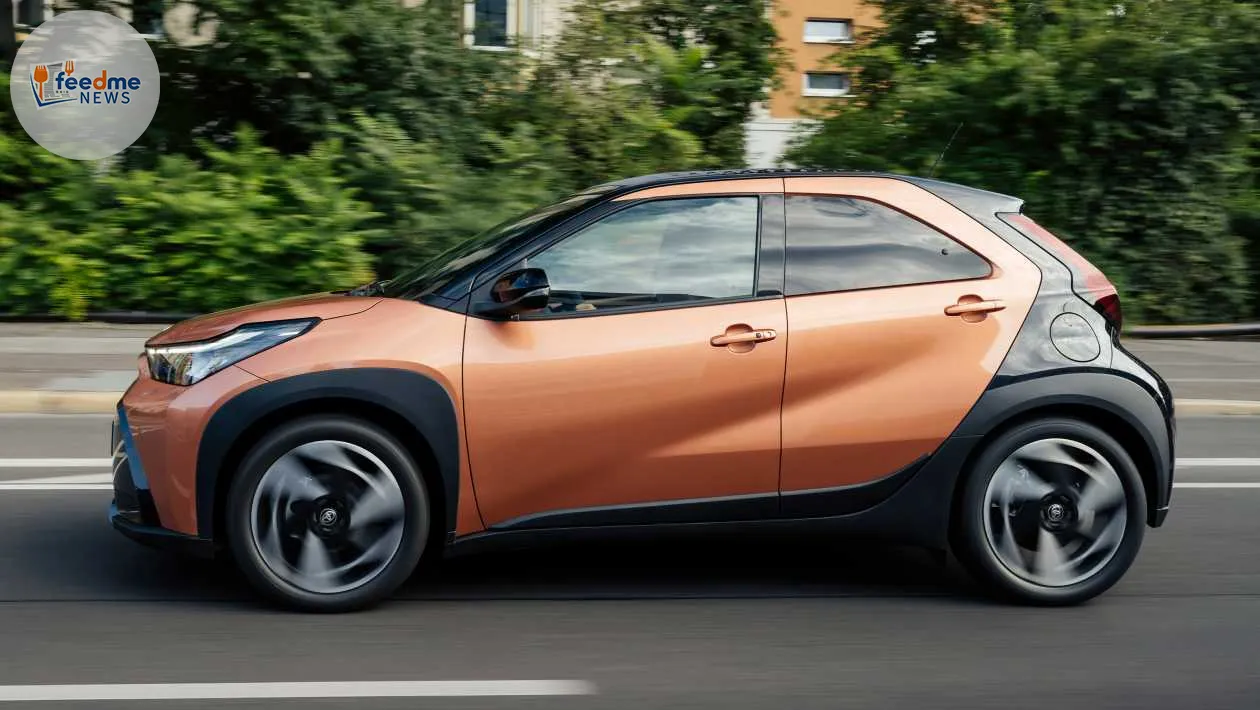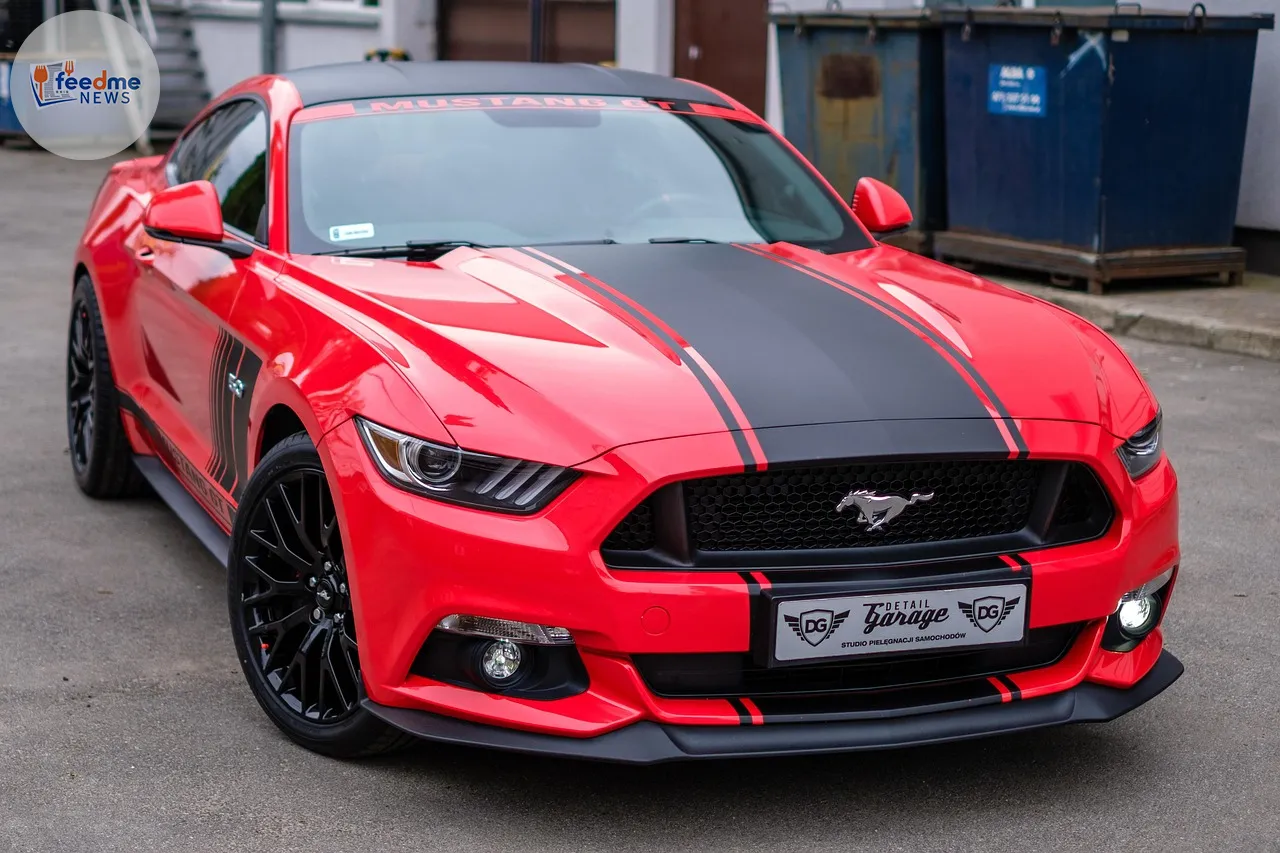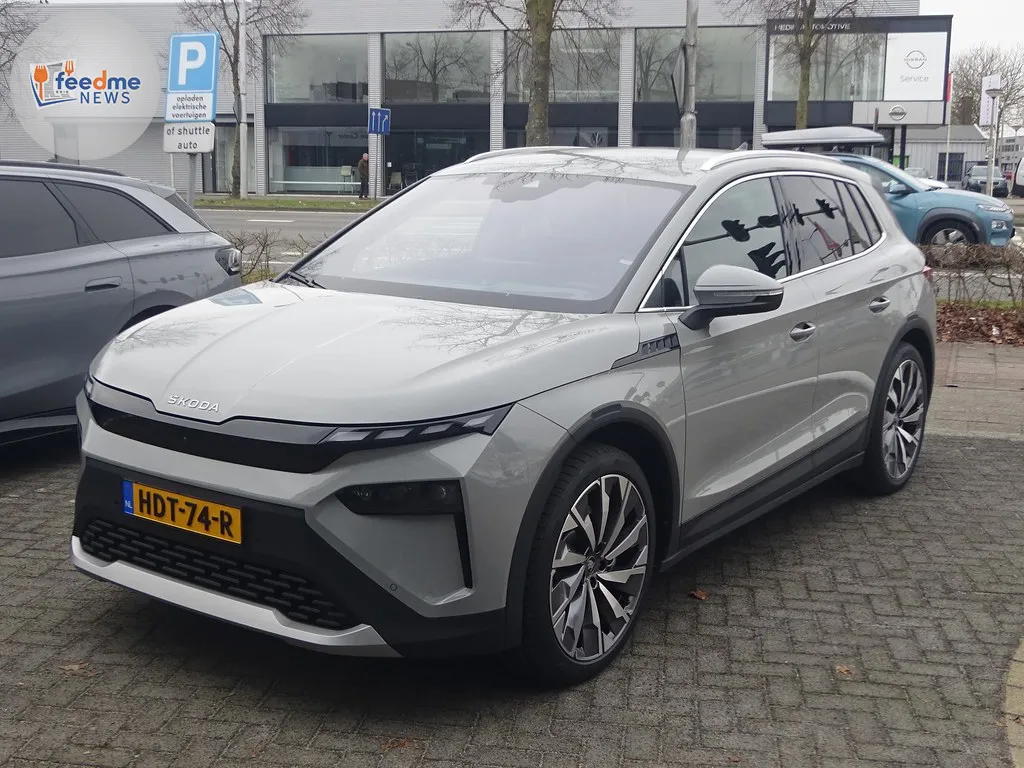European automakers are grappling with a significant challenge as mainstream and Chinese brands rapidly advance in electric vehicle (EV) technology. The question of what defines “premium” in today’s electrified and digital age is becoming increasingly complex, especially as brands like Porsche reconsider their strategies amidst a shifting market landscape. Once thought to be the vanguard of high-tech, high-priced innovations, European premium brands are now finding themselves outpaced by more cost-effective competitors from China.
A Changing Landscape in the Auto Industry
The phenomenon has been most pronounced since the early 2020s. During this time, many automotive strategists envisioned electrification as a gateway to a high-tech future. They anticipated that premium consumers would willingly pay a premium for advanced electric vehicles equipped with cutting-edge technology. However, as recent trends indicate, it is the mainstream Chinese brands that have successfully marketed these innovations at a significantly lower cost, capturing the imagination and wallets of consumers.
Andrew Bergbaum, global head of automotive at AlixPartners, notes that for the average consumer, the definition of premium is becoming increasingly blurred. “When presented with a car offering similar performance and technology, consumers are questioning the rationale behind spending significantly more for a brand label,” Bergbaum explained.

This file is licensed under the Creative CommonsAttribution-Share Alike 4.0 International license.
Chinese Brands and Their Impact on the Market
The impact of Chinese brands is most evident in China, the world’s largest market for premium vehicles. While overall car sales in the country increased by 10% in the first half of the year, sales for European premium brands like BMW, Mercedes, Audi, Jaguar Land Rover, and Porsche have seen significant declines. Notably, Porsche’s sales dropped by 28%.
Patrick Hummel, lead automotive analyst at UBS, highlights the issue, stating, “In the EV segment, Porsche’s pricing strategy has proven to be too steep for Chinese consumers, who don’t see the value in paying a premium for the brand.”
The Rise of Chinese Electric Vehicles
One of the most compelling examples of this shift was the debut of the Xiaomi YU7 at the recent Munich Motor Show. This high-tech, 780bhp SUV offers a four-wheel-drive experience for the equivalent of £30,000, challenging European models like BMW’s iX3, which starts at £58,755 in the UK. The YU7’s competitive pricing and advanced features set a new benchmark that European brands must now contend with.
Hummel further comments, “BMW can’t afford to price the iX3 significantly higher if they aim to achieve substantial sales volumes.”
European Market Dynamics
In Europe, the influence of Chinese brands has been less pronounced, largely due to the established brand loyalty among consumers. The older demographic in Europe remains more focused on brand prestige, which has shielded European automakers from the immediate impact seen in China.
Despite this, the competitive pressure is mounting. European premium brands have long dominated the market, but those in the second tier, such as Lexus, Alfa Romeo, and Genesis, continue to struggle. Xavier Peugeot, the new boss of DS, defended their position, emphasising the profitability of the premium segment.
The Challenge of Maintaining Quality and Prestige
As Chinese brands push technological boundaries while keeping prices low, European automakers face the challenge of maintaining their high standards. Some brands have already started to feel the pressure to reduce production costs, which has led to a perceived decline in the quality of certain models. For instance, the interior quality of the petrol-powered BMW X3 has been criticised as a step down from previous generations.
The inherent advantages of electric power, such as performance and smoothness, are also becoming more accessible at lower price points. Even traditional strengths like handling and suspension tuning are now being digitised, allowing for software-based customisation that could potentially enable mainstream brands to match the driving experience of premium vehicles.
Looking Ahead: The Future of Premium Brands
The transition to electric power poses additional challenges, particularly concerning vehicle residuals. The ability to maintain strong second-hand values has been a cornerstone of the premium business model, as it helps keep leasing costs manageable. However, rapid advancements in battery and technology have introduced uncertainties that could impact residual values.
A recent survey by McKinsey revealed that concerns about residual values are a major deterrent for luxury buyers considering a switch to EVs. Michele Bertoncello, a partner at McKinsey, noted that these concerns outweigh issues like charging availability or the emotional appeal of internal combustion engines.
European premium brands now find themselves at a crossroads, needing to adapt and innovate to maintain their market position. As Chinese brands continue to drive technological advancements and offer competitive pricing, the traditional definitions of luxury and premium are being redefined. The coming years will be crucial as European automakers strive to balance heritage with the demands of a rapidly evolving market landscape.





